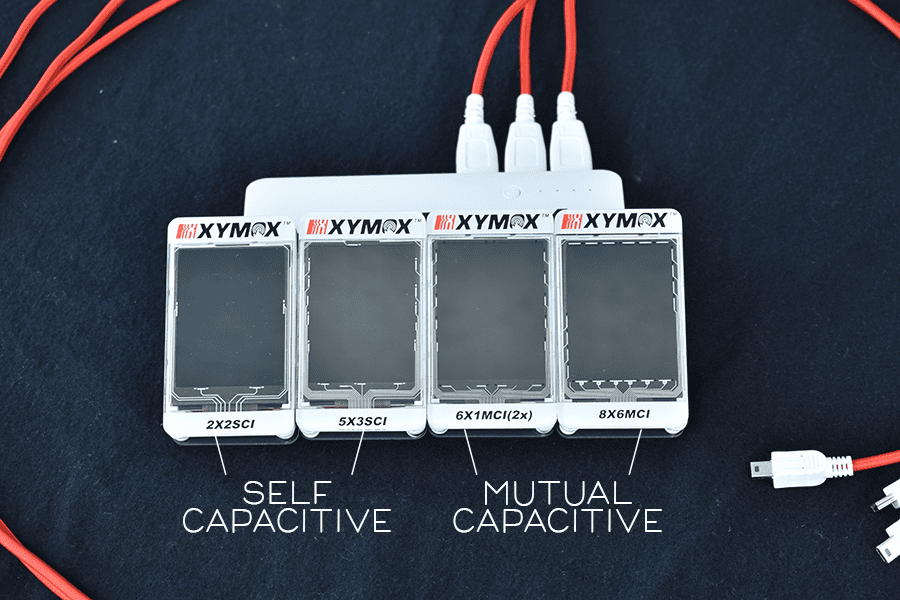Self-Capacitive Sensors and Mutual Capacitive Sensors……And I’m bored. Ok, let’s talk ears, Snoop Dogg and rubber snakes.
Ears – Big, small, hairy (yuck), waxey (double yuck), pierced, saggy, cauliflowered, pointy (rock on Spock), the ones that stick out called prominent, etc., but these are all of the same style: a dish that funnels sounds onto a drum. Based on my 30 minutes of online research basically every creature can pick up vibration from its surroundings in some way; many, like humans, funnel sounds waves in the air to little bones that rattle inside their head; dolphins, whales and snakes (yep), transmit vibrations from water and the ground through their jaw bone to small bones that rattle inside their head. Then it’s the brains job to decode all the vibrations into useful information from which we can (or cannot) take action. “Snake!!!” “AAAAH. Run!”
*Side note and must see Youtube video – Jimmy Kimmel’s Plizzanet Earth with Snoop Dogg – Iguana vs. Snakes.
The electrode of a touch sensor is just like an ear; it funnels vibrations within surrounding electric fields of a touch sensor and sends it to its brain, the touch controller. Just like all other ears, electrodes come in different shapes and sizes primarily dependent on the size, shape and purpose of the device.
Just like real life ears and brains, the touch controller needs to distinguish between background noise and important sounds that require action. This is where we get back to self-capacitive and mutual-capacitive sensor design. By understanding the environment of the application and how it is expected to be touched, the designer can design the sensor and electrode style appropriately.

Self-capacitive sensors have one or more single (thus SELF) electrodes that listen and their ability to pick things up is directly related to the area of the electrode. Big electrodes (measured in surface area) pick up a lot, and small electrodes pick up less. Bigger is not always better depending on the surroundings. If the device contains electrically noisy components, big electrodes will pick up all that noise. A key point on self-capacitive sensors and electrodes is that they pick up everything. The signal of the touching finger must be correspondingly larger than the background noise in order for the controller to see and take action.
Controllers that use mutual capacitive sensors take a different approach. Rather than picking up every raw signal and trying to decipher what is being heard, the touch controller focuses on the interaction (think of it as a conversation) between two adjacent (thus MUTUAL) electrodes. The controller senses a base level of noise between the two halves of the electrode and then looks for major changes in that conversation to indicate something has entered the area. Imagine, two teenage girls having a conversation in one room and a parent listening in another room. To the adult, the conversation between the two girls will be somewhat consistent and level. Then, in pops the little brother with a rubber snake and throws it at them. The girls yell at him to get out and general chaos ensues. The parent in the other room hears a change in the conversation and then chooses to respond or not. (A comment on my analogy. The girls did not scream, they yelled. Screaming because of a rubber snake is saved for people like me, terrified of snakes and these girls are not terrified of snakes, they are getting ready to beat up on the annoying little brother and that requires yelling. Also, I can’t redo the story with two boys talking because…well, boys really don’t talk enough for this analogy to work.)
Interested in taking a deeper dive into the difference between self-capacitive and mutual-capacitive touch sensors? Round 2 does just that by showing graphs that depict how the controller determines which button is being pushed on the sensor.
More animal hearing factoids:
- The Greater Wax Moth is considered to have the best hearing in the animal kingdom and has hearing roughly 150 times more sensitive than human hears.
https://www.thedodo.com/10-animals-with-amazing-hearing-1133474502.html
- “Oh Great African Elephant, what big ears you have.” “All the better to cool myself, my dear.” – African elephant ears:
- Can be about 1/6 the size of the elephant.
- Can be fully controlled by the elephant.
- Have particularly thin skin for an elephant (about 1mm) and are filled with blood vessels which help cooling.
https://www.thedodo.com/10-animals-with-amazing-hearing-1133474502.html
